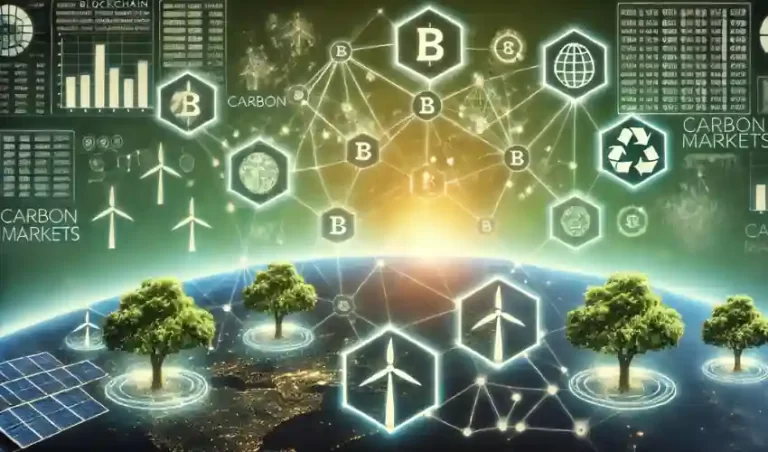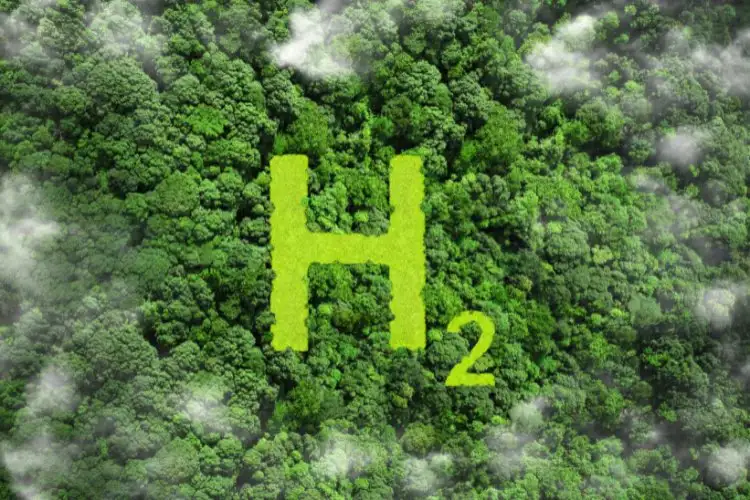Offsetting vs. Insetting: Understanding the Key Differences
As global awareness of climate change intensifies, businesses are seeking ways to mitigate their environmental impact. Two popular strategies that have emerged are carbon offsetting and insetting.
While both approaches aim to reduce greenhouse gas emissions, they operate in distinct ways.
Here we explain the differences between offsetting and insetting, helping you understand how each strategy works and their unique benefits.
What is Carbon Offsetting?
Carbon offsetting is a mechanism that allows individuals or companies to compensate for their carbon emissions by investing in projects that reduce or sequester an equivalent amount of greenhouse gases.
Essentially, it’s a way to balance out emissions by supporting environmental projects elsewhere.
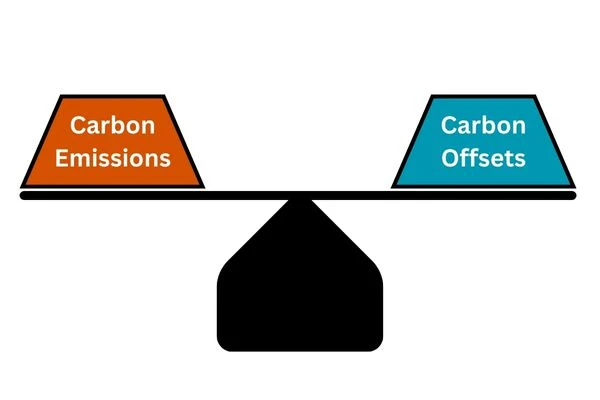
Offsetting project examples include:
Projects such as these, carried out for the purpose of offsetting, will market the offset as carbon credits.
Businesses or individuals can claim to have offset their emissions by matching the volume to an equivalent volume of carbon credits purchased. This is process is often used to reach a carbon neutral or net zero status.
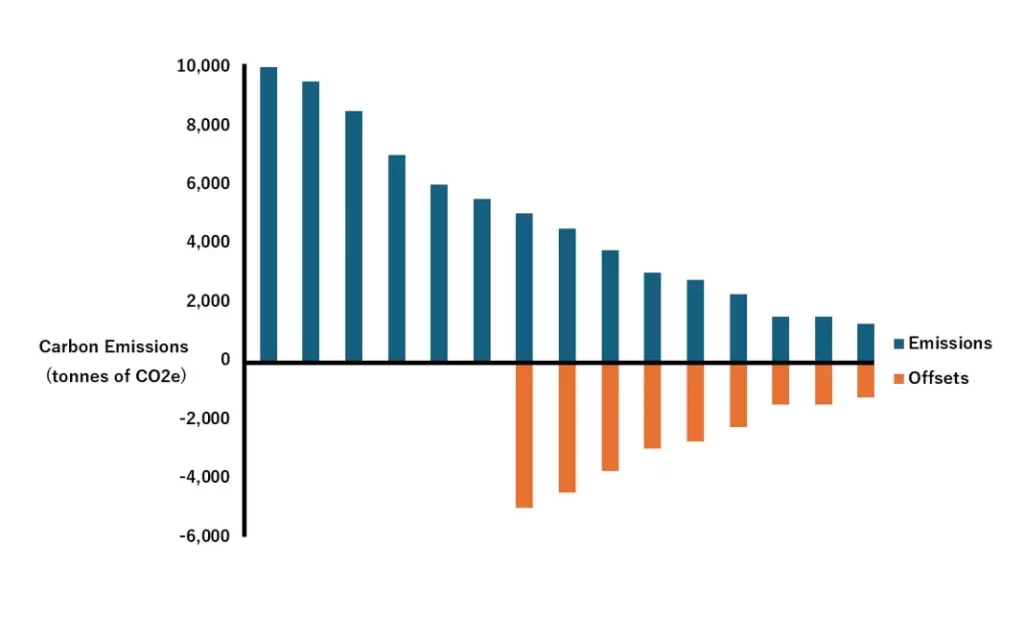
What is Insetting?
Insetting involves investing in sustainability projects within a business’s own value chain or local communities.
Rather than looking outward for carbon reduction opportunities, insetting focuses on making improvements within the business’s own operations and supply chain.

Examples of insetting projects include:
For insetting projects, the business will claim ownership of carbon reductions achieved, in exchange for the investment they have made to deliver the project.
This Insetting process not only helps reduce carbon emissions, but also promotes economic and social benefits within the company’s ecosystem.
They will often be presented with the benefit to local businesses and communities as a key achievement of the offsets produced.
Key Differences Between Offsetting and Insetting
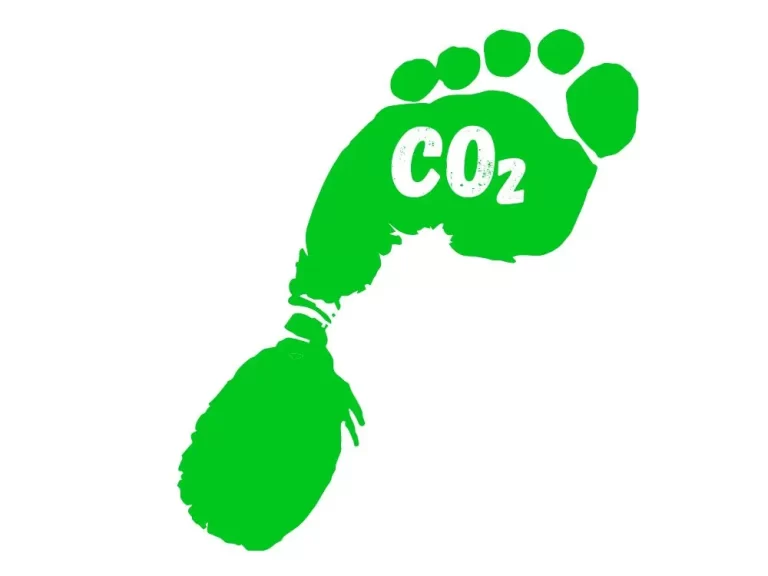
While both offsetting and insetting aim to reduce carbon emissions, they differ significantly in their approach, scope, and impact.
Approach
Offsetting: Focuses on balancing out emissions by investing in external projects. It’s often seen as a more straightforward solution, as companies can simply purchase carbon credits to offset their emissions.
Insetting: Involves integrating sustainability initiatives within a business’s own operations and supply chain. This approach requires a deeper understanding of the company’s processes and a commitment to long-term environmental goals.
Scope
Offsetting: The scope is global. The business can invest in carbon reduction projects anywhere in the world. This flexibility allows for a wide range of project types and locations.
Insetting: The scope is more localised, focusing on the business’s direct operations and supply chain. This creates a more tangible connection between the business actions and their environmental impact.
Impact
Offsetting: Can have a broad impact, contributing to global carbon reduction efforts. However, it can sometimes be criticised as a way to avoid making direct changes to business operations.
Insetting: Tends to have a more profound and lasting impact on the company’s sustainability. By improving practices within their own supply chain, a business can drive systemic change and foster resilience among their suppliers and local communities.
Benefits of Offsetting
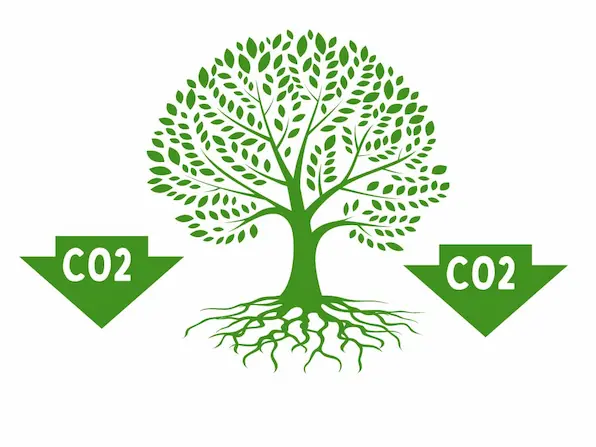
1. Flexibility
A business can choose from a wide range of projects that best align with their values and goals. They also have many different potential partners available to source carbon credits from.
2. Simplicity
Purchasing carbon credits is relatively straightforward and can be done quickly.
3. Global Impact
By investing in projects around the world, a business can contribute to global environmental initiatives and support communities most in need.
This also allows for a greater level of potential impact when an investment is made into the communities of developing countries, as opposed to countries in a stronger economic position.
Benefits of Insetting

1. Integration
Insetting projects are integrated into the business value chain, creating a direct connection between the business actions and its sustainability goals.
2. Local Benefits
Insetting projects often provide economic, social, and environmental benefits to local communities where the business operates.
3. Long-term Impact
By fostering sustainable practices within their own operations, a business can create lasting change and improve their overall resilience.
Given the link to their own operations, a business is also more inclined to monitor the long term impact closely and be better positioned to intervene if expected impacts are not on track.
Challenges of Offsetting

1. Credibility
The effectiveness of offsetting depends on the quality and integrity of the projects. Some projects may not deliver the promised carbon reductions.
There are carbon credit verification standards, such as Gold Standard, to help overcome this challenge, but not all sources are certified.
2. Perception
Offsetting can be perceived as a way for a business to avoid making substantial changes to their own operations.
In fact, this leads to one of the key differences between the terms carbon neutral and net zero, with net zero actively targeting greater action before the introduction of offsets as a solution.
3. Additionality
Ensuring that the offset projects provide additional carbon reductions that wouldn’t have occurred otherwise can be challenging.
This is because carbon credits for offsetting are often located in areas outside of the business’s influence and reliance falls to the credit seller, or verification services.
Challenges of Insetting

1. Complexity
Implementing insetting projects requires a deep understanding of business operations and the supply chain if the best opportunities are to be identified.
2. Resource Intensive
Insetting can be more resource-intensive, requiring significant investment and commitment.
3. Measurement
Quantifying the impact of insetting projects can be complex, especially when dealing with indirect emissions within the supply chain. This can also make for difficult contractual hurdles to establish ownership of the insetting achieved.
Which Strategy is Right for Your Business?
Choosing between offsetting and insetting depends on various factors, including your company’s sustainability goals, resources, and the nature of your operations.
Offsetting might be more suitable if:
Insetting might be a better fit if:
Offsetting vs Insetting: Both Will Play a Role

Both offsetting and insetting play crucial roles in the fight against climate change.
While offsetting allows a business to compensate for their emissions by supporting global projects, insetting focuses on making sustainable improvements within the company’s own operations and supply chain.
By understanding the key differences between these strategies, businesses can make informed decisions that align with their sustainability goals and drive meaningful impact.
Whether you choose to offset, inset, or a combination of both, the important thing is to take action and contribute to a more sustainable future.
For further information on the topic of insetting vs. offsetting, the following sources provide comprehensive insights and analysis:
For a more in-depth look at offsetting: check out our Overview of Carbon Offsetting
To understand how offsetting fits into Net Zero Planning for Business: check our our Net Zero Business Guide To Getting Started
For more detail on the carbon sequestration: Carbon Sequestration & Its Role To Overcome Climate Change
The Carbon Trust also offer a range of resources to help understand all things carbon, including offsetting and insetting.
We also have plenty of other related posts you’ll find helpful below!





